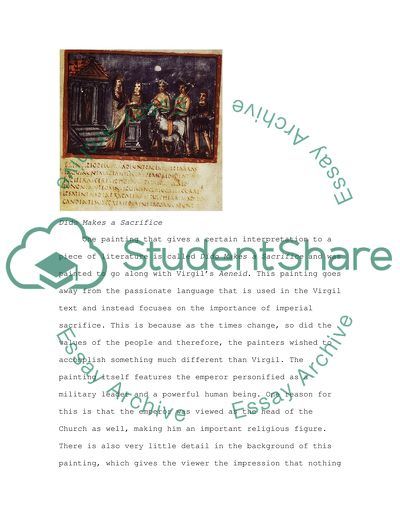Cite this document
(“Early Byzantine and Christian Art Essay Example | Topics and Well Written Essays - 1000 words”, n.d.)
Early Byzantine and Christian Art Essay Example | Topics and Well Written Essays - 1000 words. Retrieved from https://studentshare.org/visual-arts-film-studies/1543507-early-byzantine-and-christian-art
Early Byzantine and Christian Art Essay Example | Topics and Well Written Essays - 1000 words. Retrieved from https://studentshare.org/visual-arts-film-studies/1543507-early-byzantine-and-christian-art
(Early Byzantine and Christian Art Essay Example | Topics and Well Written Essays - 1000 Words)
Early Byzantine and Christian Art Essay Example | Topics and Well Written Essays - 1000 Words. https://studentshare.org/visual-arts-film-studies/1543507-early-byzantine-and-christian-art.
Early Byzantine and Christian Art Essay Example | Topics and Well Written Essays - 1000 Words. https://studentshare.org/visual-arts-film-studies/1543507-early-byzantine-and-christian-art.
“Early Byzantine and Christian Art Essay Example | Topics and Well Written Essays - 1000 Words”, n.d. https://studentshare.org/visual-arts-film-studies/1543507-early-byzantine-and-christian-art.


